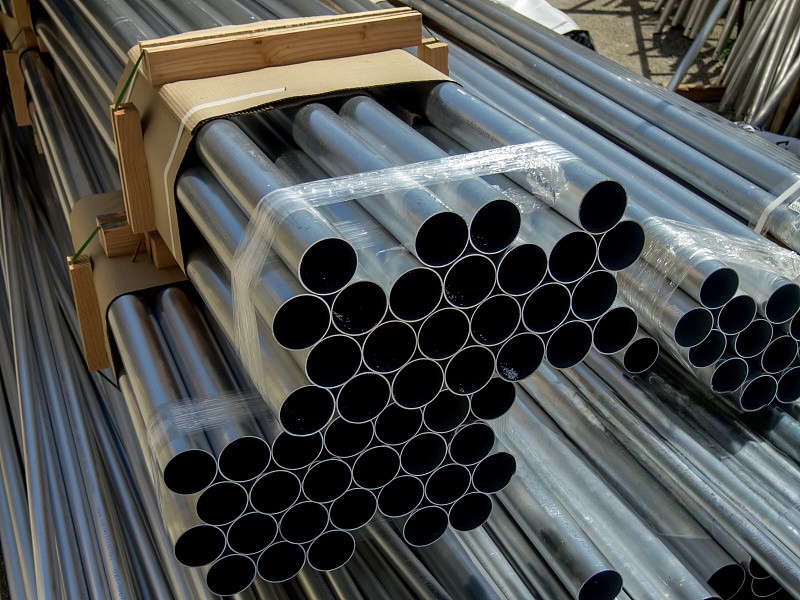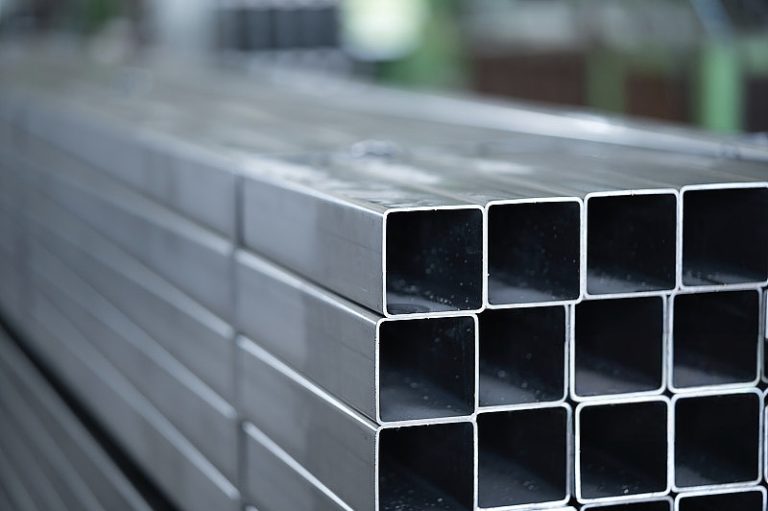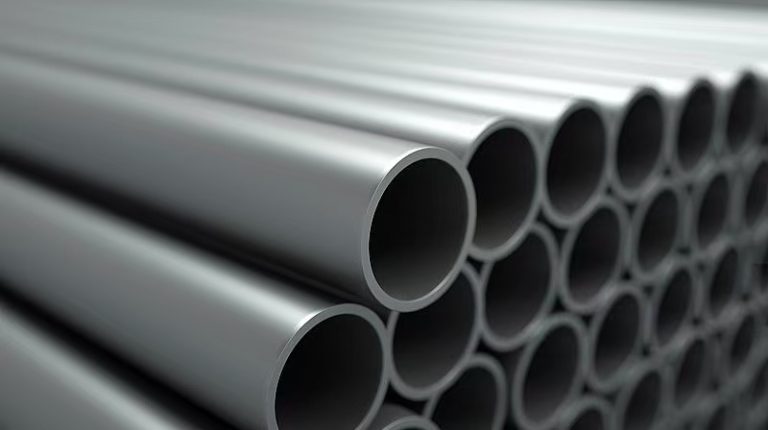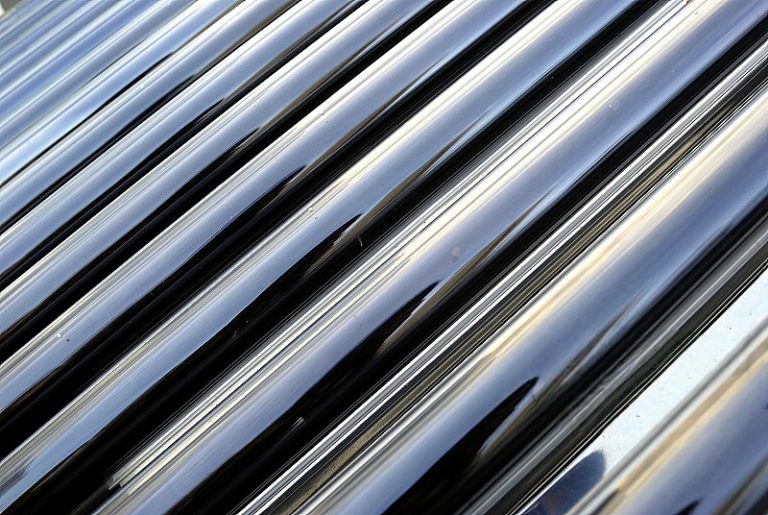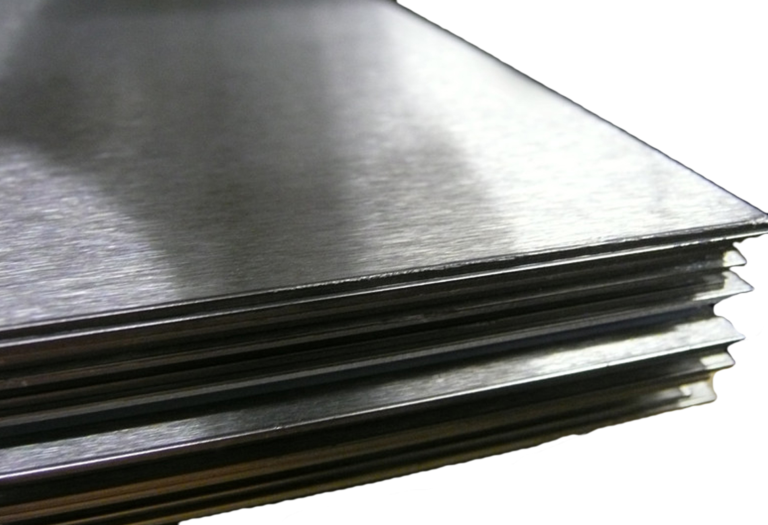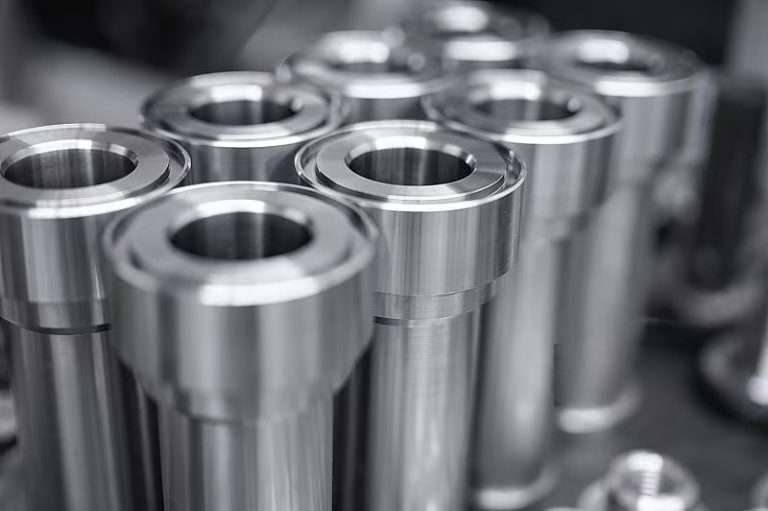Knowledge of Various Heat Treatments for Mold Steels
- Annealing of Steel
Annealing is the process of heating steel to a certain temperature and holding it for a period of time, then allowing it to cool slowly. Annealing of steel involves heating the steel to a temperature that causes phase transformation or partial phase transformation, followed by slow cooling after holding. The purpose of annealing is to eliminate structural defects, improve the structure to homogenize the composition and refine the grains, enhance the mechanical properties of the steel, and reduce residual stress. At the same time, it can reduce hardness, increase plasticity and toughness, and improve the machinability. Therefore, annealing is not only to eliminate and improve the structural defects and internal stresses left by the previous processes, but also to prepare for subsequent processes. Thus, annealing is a semi-finished product heat treatment, also known as pre-heat treatment. - Normalizing of Steel
Normalizing is the process of heating steel above the critical temperature to transform it into uniform austenite, and then cooling it naturally in the air. It can eliminate the network cementite in hypereutectoid steel. For hypoeutectoid steel, normalizing can refine the lattice and improve the comprehensive mechanical properties. For parts with lower requirements, normalizing can be used instead of annealing as a more economical option. - Quenching of Steel
Quenching is the process of heating steel above the critical temperature, holding it for a period of time, and then quickly immersing it in a quenching medium to rapidly cool it at a rate greater than the critical cooling speed, resulting in an unbalanced structure mainly composed of martensite. Quenching can increase the strength and hardness of steel but reduces its plasticity. Commonly used quenching media include water, oil, alkaline water, and salt solutions. - Tempering of Steel
Tempering is the process of reheating quenched steel to a certain temperature and then cooling it by a specific method. Its purpose is to eliminate the internal stress caused by quenching, reduce hardness and brittleness, and achieve the desired mechanical properties. Tempering is classified into high-temperature tempering, medium-temperature tempering, and low-temperature tempering. Tempering is often used in combination with quenching and normalizing.
⑴ Quenching and Tempering: The heat treatment process of quenching followed by high-temperature tempering is called quenching and tempering. High-temperature tempering is carried out at a temperature between 500 and 650°C. Quenching and tempering can significantly adjust the properties and structure of steel, resulting in good strength, plasticity, and toughness, and excellent comprehensive mechanical properties.
⑵ Aging Treatment: To prevent dimensional and shape changes in precision measuring tools, molds, and parts during long-term use, the workpiece is reheated to 100 – 150°C after low-temperature tempering (low-temperature tempering temperature 150 – 250°C) and held for 5 – 20 hours before final machining. This treatment to stabilize the quality of precision parts is called aging. For steel components subjected to low temperatures or dynamic loads, aging treatment is particularly important to eliminate residual stress, stabilize the steel structure and dimensions. - Surface Heat Treatment of Steel
⑴ Surface Quenching: Surface quenching is the process of rapidly heating the surface of a steel part to above the critical temperature but before the heat has time to reach the core, and then quickly cooling it. This results in the surface layer being quenched into a martensitic structure while the core remains unchanged, achieving the goal of hardening the surface while maintaining the core. It is suitable for medium-carbon steel.
⑵ Chemical Heat Treatment: Chemical heat treatment is a process of introducing atoms of chemical elements into the surface layer of a workpiece by taking advantage of the diffusion ability of atoms at high temperatures to change the chemical composition and structure of the surface layer, thereby achieving specific requested structures and properties on the surface of the steel. According to the different types of elements introduced, chemical heat treatment can be divided into carburizing, nitriding, cyaniding, and metalizing.
Carburizing: Carburizing is the process of introducing carbon atoms into the surface layer of steel. It transforms low-carbon steel parts into high-carbon steel on the surface, and then through quenching and low-temperature tempering, the surface layer of the part acquires high hardness and wear resistance, while the core retains the plasticity and toughness of low-carbon steel.
Nitriding: Also known as nitriding, it is the process of introducing nitrogen atoms into the surface layer of steel. The aim is to enhance the hardness and wear resistance of the surface layer, as well as to improve fatigue strength, corrosion resistance, etc. Currently, gas nitriding is mostly used in production.
Carbo-nitriding: also known as carbonitriding, refers to the process where both carbon and nitrogen atoms enter the steel. It gives the steel surface the characteristics of both carburizing and nitriding.
Metallic diffusion: refers to the process where metal atoms enter the surface layer of steel. It alloys the surface layer of the steel to give the workpiece surface the properties of certain alloy steels and special steels, such as heat resistance, wear resistance, oxidation resistance, and corrosion resistance. Commonly used methods in production include aluminizing, chromizing, boronizing, and siliconizing.

